Inwoohouse [Korea Quality] / 인우하우스 [한국관광 품질인증]
1.2Km 2023-04-13
9, Gyedong 6-gil, Jongno-gu, Seoul
02-742-1115
Run by a couple hailing from Bukchon, Inwoo House is located in an alleyway in Gye-dong, Jongno-gu, which is part of Bukchon that is well-known for old hanok houses. Inwoo House, meaning 'the house of Inwoo,' is inhabited by the owner couple and eight-year-old son Inwoo and his younger brother Yeonwoo. The couple, who have always lived in Bukchon, moved to Inwoo House in 2010; their parents run another guesthouse -- Yeonwoo House -- in Gahoe-dong, which isn’t far from Inwoo House. These two hanok guesthouses seek to provide guests with an opportunity to experience the true aspect of traditional Korean house amid the natural environment. Inwoo House, which has the typical style of hanok in the area, features a cozy yard, a toenmaru (narrow wooden porch running along the outside of the building), and several charming decorative items. It has three rooms – Tokki-bang and Haejanggeum-bang situated in Sarangchae (a detached building) and Nori-bang, which is a communal space. Due to its quiet location, guests can enjoy relaxation with a serene atmosphere in their rooms, which are decorated with calligraphic works and furniture inlaid with mother-of-pearl in a simple way. Each room is equipped with a bathroom. The guesthouse offers breakfast such as toast or tteokguk (rice cake soup). Inwoo House is an ideal place to stay for guests with children as the owner couple have children with whom children can play in the alley, yard, or toenmaru with an interesting hanok environment. The guesthouse also provides various traditional activities including traditional Korean clothes experience, traditional Hanji (Korean paper) craft experience, traditional knot bracelet making, and fan decorating, which are popular among foreign tourists and children. It is adjacent to restaurants, coffee shops, convenience store, and other tourist attractions including Gyeongbokgung Palace, Changdeokgung Palace, Insa-dong, and Samcheong-dong.
The Hanok (더 한옥)
1.2Km 2021-03-24
75, Gyedong-gil, Jongno-gu, Seoul
+82-2-743-7470
You can enjoy coffee in a hanok (Korean house). This restaurant's signature menu is coffee. This cafe is located in Jongno-gu, Seoul.
Geumyongmun (금용문)
1.2Km 2021-03-23
7, Saemunan-ro,5 ga-gil, Jongro-gu, Seoul
+82-2-731-2502
This is a Chinese (cuisine) located in Gwanghwamun Gate, Seoul. The best menu at this restaurant is dim sum. A restaurant selling authentic Chinese cuisine.
Gwanghwamun Hanokjip (광화문한옥집)
1.2Km 2021-03-18
7, Saemunanro5ga-gil, Jongro-gu, Seoul
+82-2-731-2500
A store with rooms reproducing a traditional kitchen. The best menu at this restaurant is napa wraps with pork. This is a Korean cuisine located in Gwanghwamun Gate, Seoul.
Ilpumdang Premium (일품당프리미엄)
1.2Km 2021-04-20
7, Saemunan-ro, 5ga-gil, Jongro-gu, Seoul
+82-2-1899-4949
A shabu-shabu specialty restaurant located in Gwanghwamun Gate, Seoul. A store with rooms. The most famous menu is shabu-shabu.
Centro Cultural de Bukchon (북촌문화센터)
1.2Km 2023-01-03
Gyedong-gil 37, Jongno-gu, Seúl.
Ocho Vistas Panorámicas de Bukchon (북촌 8경)
1.2Km 2021-07-29
Gyedong-gil 37, Jongno-gu, Seúl
+82-2-2148-4161
Bukchon, traducido literalmente como "Aldea del Norte", se refiere al vecindario ubicado al norte del arroyo Cheonggyecheon y el área de Jongno. La zona al sur de Jongno, que hoy en día es Namsan, fue llamada como Namchon, que significa "Aldea del Sur". La Aldea de Bukchon fue habitada principalmente por familiares de familias reales y poderosas autoridades, mientras que la Aldea de Namchon fue utilizada por funcionarios del gobierno de clase media durante el período Joseon. Ahora conocida como Aldea Tradicional de Bukchon, el vecindario se ha convertido en una de las atracciones turísticas más representativas de Corea, que ofrece la oportunidad de tomar varias fotografías memorables. Los visitantes pueden disfrutar de las perspectivas de Seúl junto con los edificios tradicionales hanok siguiendo el recorrido de las Ocho Vistas Panorámicas de Bukchon.
[Ocho Vistas Panorámicas de Bukchon]
Vista panorámica 1 - Vista del palacio de Changdeokgung sobre el muro de piedra
Vista panorámica 2 - Vista del Camino de las Artesanías de Wonseo-dong
Vista panorámica 3 - Vista de casas hanok en el área de 11-beonji de Gahoe-dong
Vista panorámica 4 - Vista de Gahoe-dong 31-beonji desde la cima de la colina
Vista panorámica 5 - Vista del callejón Gahoe-dong (cuesta abajo)
Vista panorámica 6 - Vista del callejón Gahoe-dong (cuesta arriba)
Vista panorámica 7 - Vista del callejón Gahoe-dong 31-beonji
Vista panorámica 8 - Vista desde la escalera de piedra de Samcheong-dong
Bukchonmaru hanok guesthouse [Korea Quality] / 북촌마루한옥게스트하우스 [한국관광 품질인증]
1.2Km 2020-09-10
152, Changdeokgung-gil, Jongno-gu, Seoul
+82-10-3253-8751
Bukchonmaru Hanok Guesthouse is located between “Bukchon Views 2 and 3” on a hill in Bukchon Village in Seoul. This two-storied hanbok building with a terrace, which is rarely found among other hanok structures in the area, offers a splendid view of Seoul. In particular, the summit of a hill next to the main gate of Choong Ang High School where the guesthouse is situated is known as the filming location for the famous Korean TV series Winter Sonata (2002). When you open the main gate and go up to the first floor, a small yard is seen with a group of jars on one side. After entering the sliding door through the yard, there is daecheong maru (main floored room) that features the doors opening in all directions and a high ceiling with rafters, making the space open and cozy. The hanok building consists of two floors – the ground floor is equipped with special furniture, a jar table and a log chair made by the owner, and on the first floor are guestrooms comprised of one large room and two small rooms. The neat and clean rooms are designed in a simple way and have lovely bedding with the pattern of five cardinal colors. Its staff members can speak English and Chinese to communicate with guests from other countries. Every morning, guests engage in animated conversation while enjoying a Korean home-style breakfast prepared by the owner in a friendly atmosphere. After having breakfast, if guests want, they can try on traditional Korean clothes (hanbok) and take photographs inside and around the guesthouse to create interesting memories. The guesthouse also provides a hanbok rental service (KRW 30,000 for a day) and tourists wearing traditional Korean clothes can enter both Changdeokgung Palace and Gyeongbokgung Palace, which can be reached on foot within 10 to 15 minutes, free of charge. Moreover, guests can enjoy an open view of the area including Gahoe-dong, Gye-dong and even the lights of the Namsan Seoul Tower at night from the roof top.
Monte Bugaksan (북악산)
1.2Km 2021-04-08
Changuimun-ro 42, Jongno-gu, Seúl
+82-2-765-0297
Seúl está rodeada de montañas, principalmente Bugaksan, Namsan, Naksan e Inwangsan. Bugaksan, la montaña situada al norte de Seúl, es la mayor de estas, y es un vástago del monte Bukhansan. También es conocida como Baekaksan.
La Fortaleza de Seúl recorre la sierra y la puerta Changuimun (también llamada Jahamun), una de las cuatro pequeñas puertas que rodeaban el castillo durante la época Joseon, se encuentra al oeste de la montaña, cerca de Inwangsan. La ruta Bugak Skyway, que une Changuimun y Arirang Hill en Jeongneung, tiene unas magníficas vistas del centro de Seúl, y pasa por diversas atracciones como Changuimun y el Pabellón Bukak. Otra atracción es el Parque Samcheong, al sur del monte Bugaksan.
Los montes Inwangsan (al oeste de Bugaksan) y Naksan (al este) tenían ubicaciones perfectas según la geomancia coreana pungsu (feng-shui). El monte Inwangsan estaba plagado de tigres durante los comienzos de la dinastía Joseon. De acuerdo con la leyenda, el rey suplicó a la deidad de la montaña que enviara los tigres al otro lado del río Yalu. Aunque los tigres se marcharon, se le permitió quedarse a una tigresa con cachorros, cuyas crías se multiplicaron convirtiendo Inwangsan en un lugar temible lleno de tigres.
Inwang Skyway conecta la parte este de Insangwan con Bugaksan. La ladera este de Inwangsan se ha convertido en una elegante zona residencial, mientras que Guksadang (que significa literalmente "Santuario Nacional") fue desplazado de Namsan a un área al oeste de la montaña en la década de 1920. Aún hoy, se celebran exorcismos chamanes en el santuario, así como rituales en honor de las deidades de la montaña.
Aldea Tradicional de Bukchon (북촌한옥마을)
1.2Km 2024-05-17
Gyedong-gil 37, Jongno-gu, Seúl
Bukchon era la aldea de la clase noble en la antigüedad. Todas las casas tradicionales de la clase alta siguen preservándose hasta el momento, conservando sus estilos arquitectónicos. Solo había unas treinta casas en la antigüedad, pero la zona se desarrolló tras la Guerra de Corea. La Aldea Tradicional de Bukchon es una zona de viviendas tradicionales, que ha compartido los 600 años de historia con los palacios que se encuentran en sus cercanías, como Gyeongbokgung y Changdeokgung, y el Santuario de la Realeza Jongmyo. Las calles del barrio son estrechas y curvadas como ramas de árboles, lo cual demuestra el paisaje urbano, típico del lugar. Hoy en día, estos lugares transmiten indirectamente un ambiente de la época de Joseon, mediante restaurantes de comida coreana, centros culturales, etc. El nombre de la aldea “Bukchon” (buk en coreano significa "norte") fue acuñado por estar ubicado al norte del arroyo Cheonggyecheon y de Jongno. Está formada por las calles Wonseo-dong, Jae-dong, Gye-dong, Gahoe-dong e Insa-dong, y en tiempos antiguos residían allí los altos funcionarios o los miembros de la realeza.
![Inwoohouse [Korea Quality] / 인우하우스 [한국관광 품질인증]](http://tong.visitkorea.or.kr/cms/resource/64/2633664_image2_1.jpg)
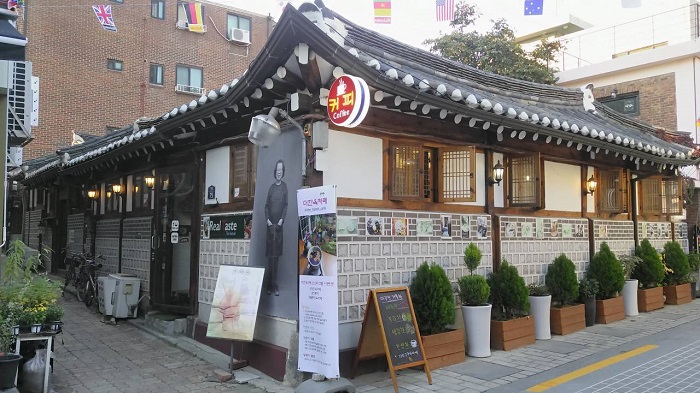
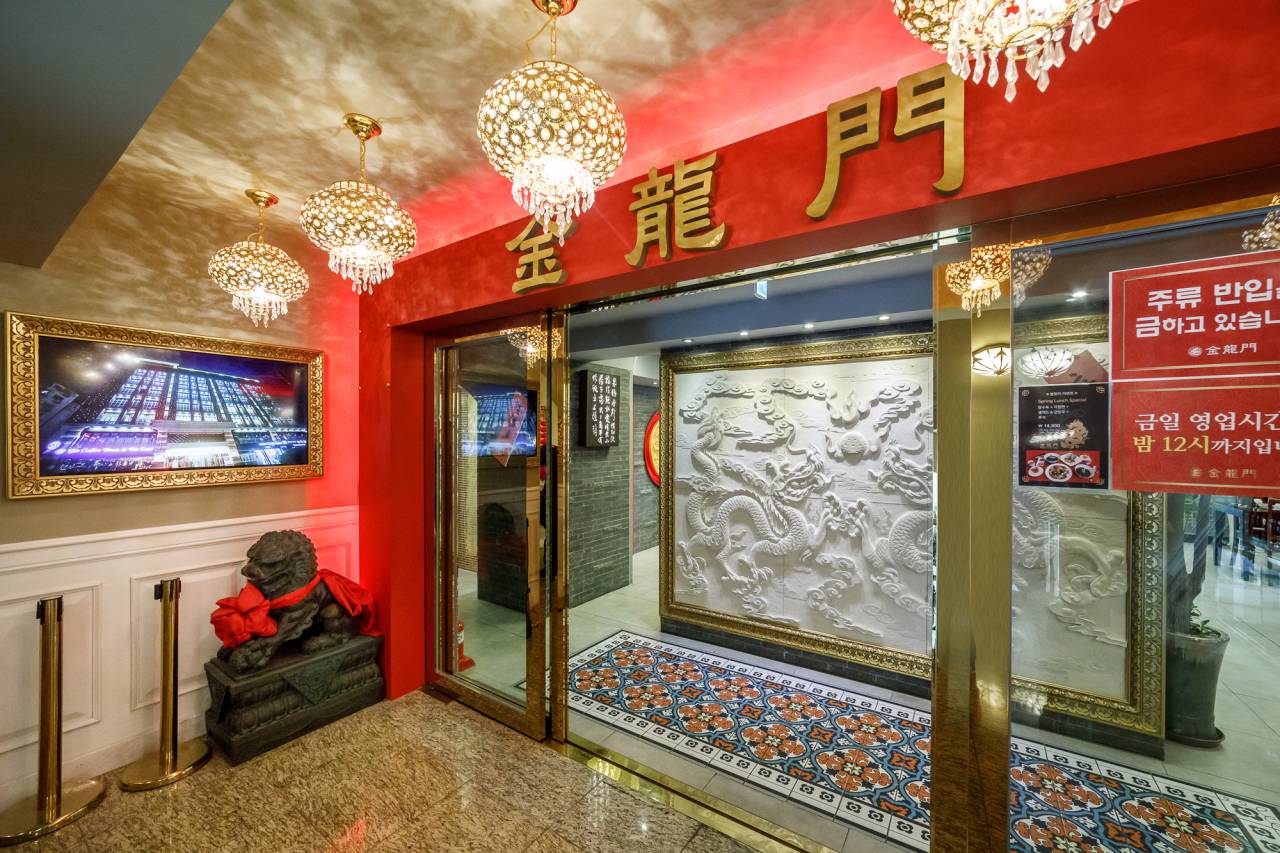
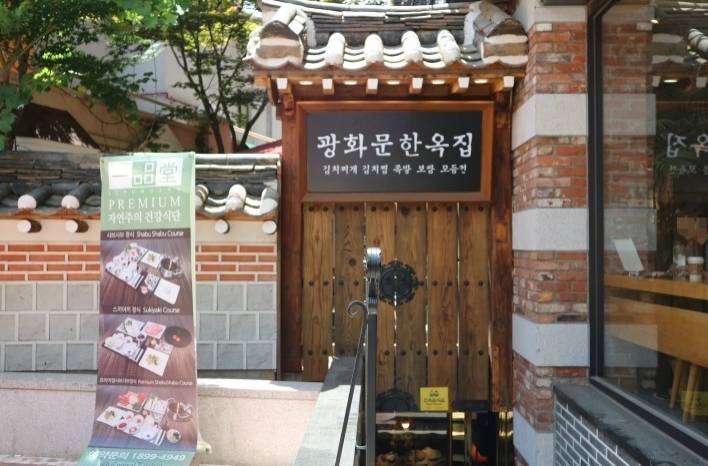
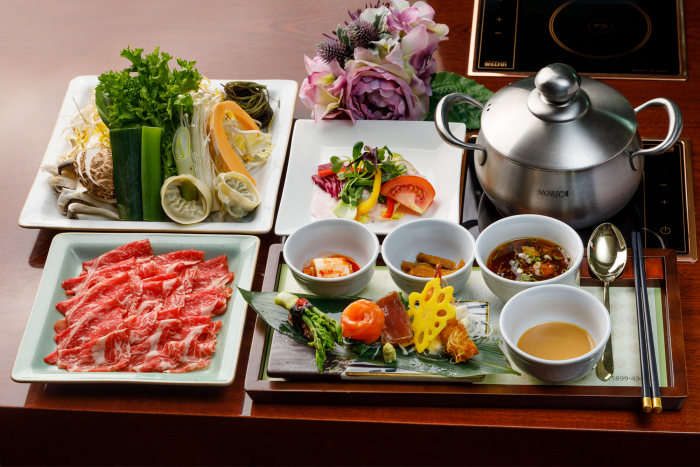
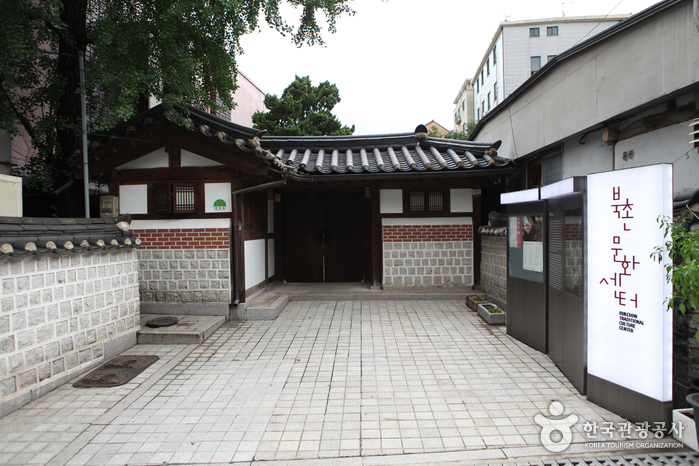
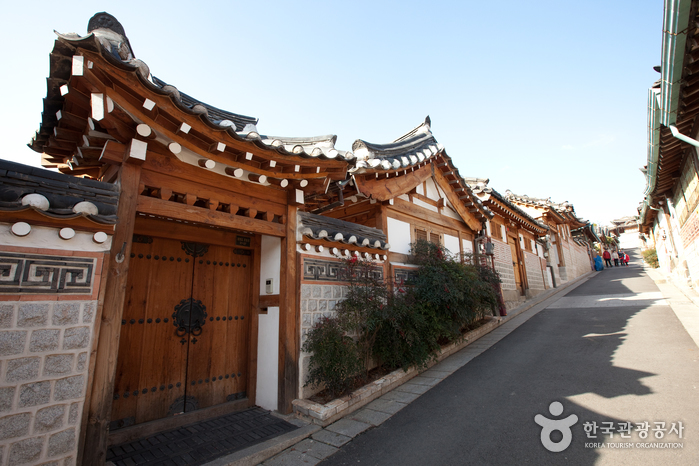
![Bukchonmaru hanok guesthouse [Korea Quality] / 북촌마루한옥게스트하우스 [한국관광 품질인증]](http://tong.visitkorea.or.kr/cms/resource/32/2574032_image2_1.jpg)
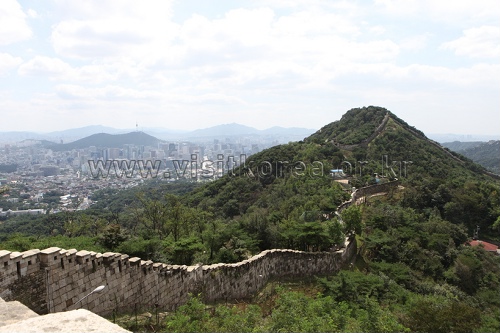
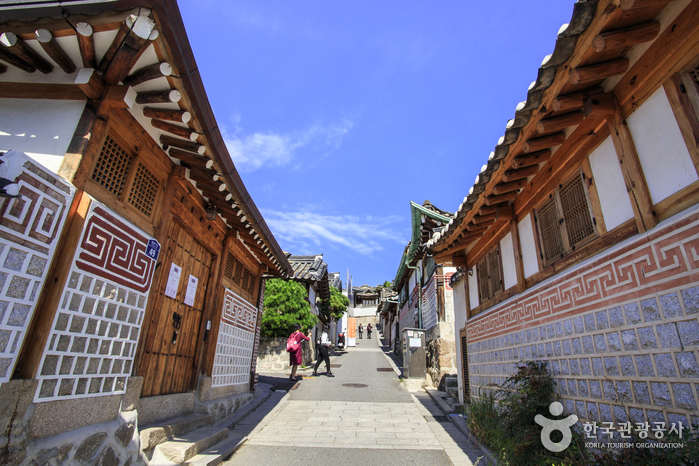
 Español
Español
 한국어
한국어 English
English 日本語
日本語 中文(简体)
中文(简体) Deutsch
Deutsch Français
Français Русский
Русский